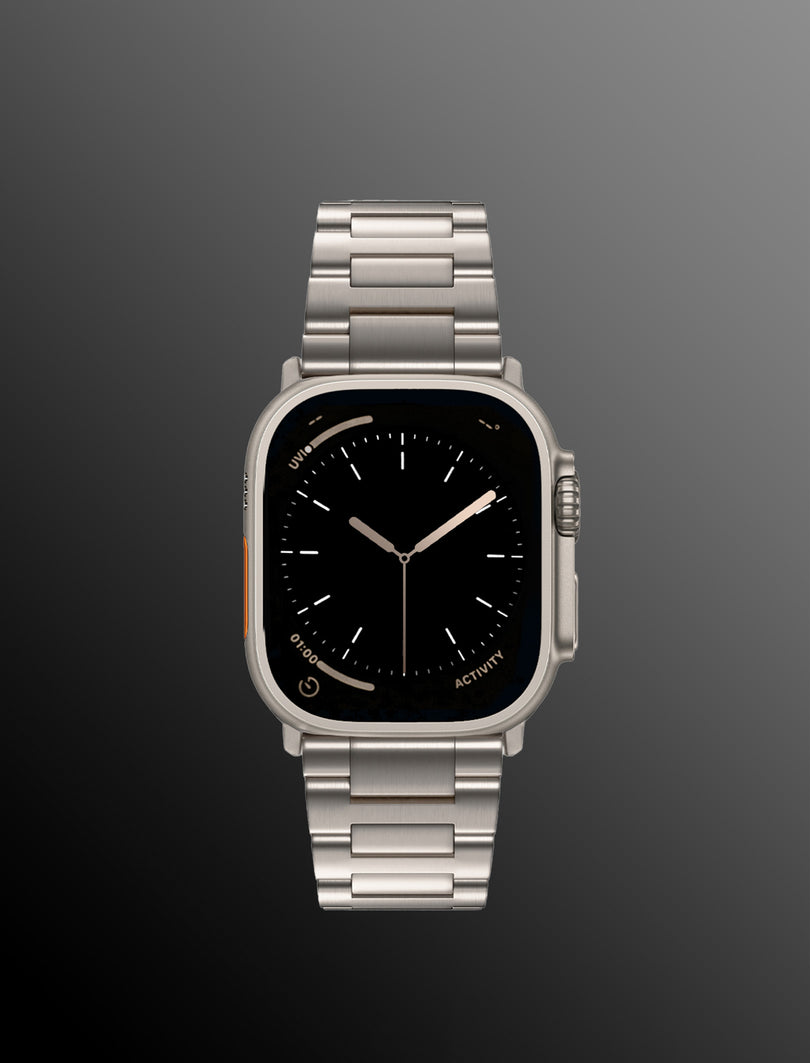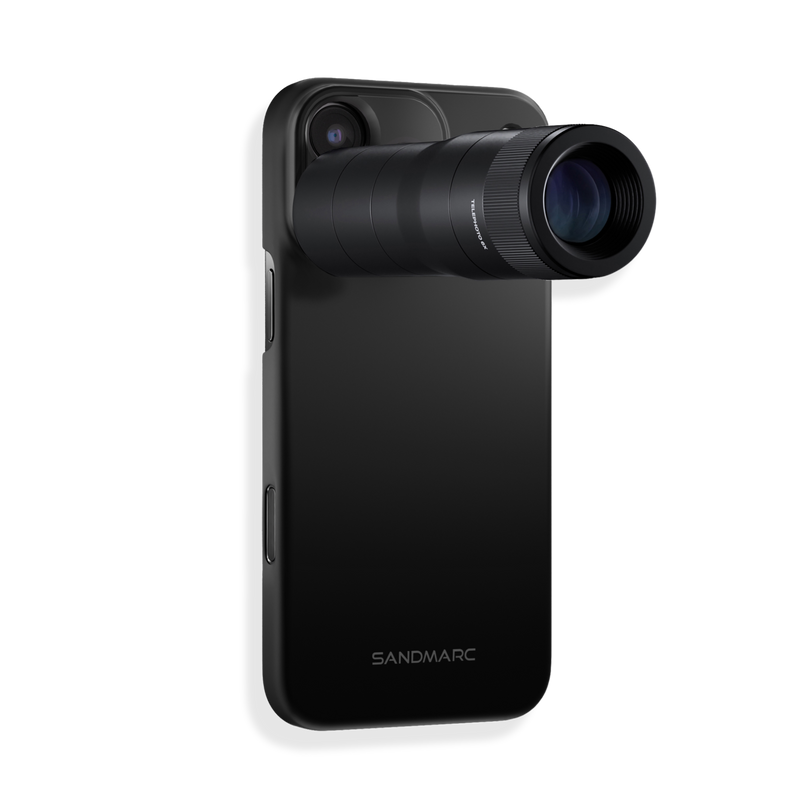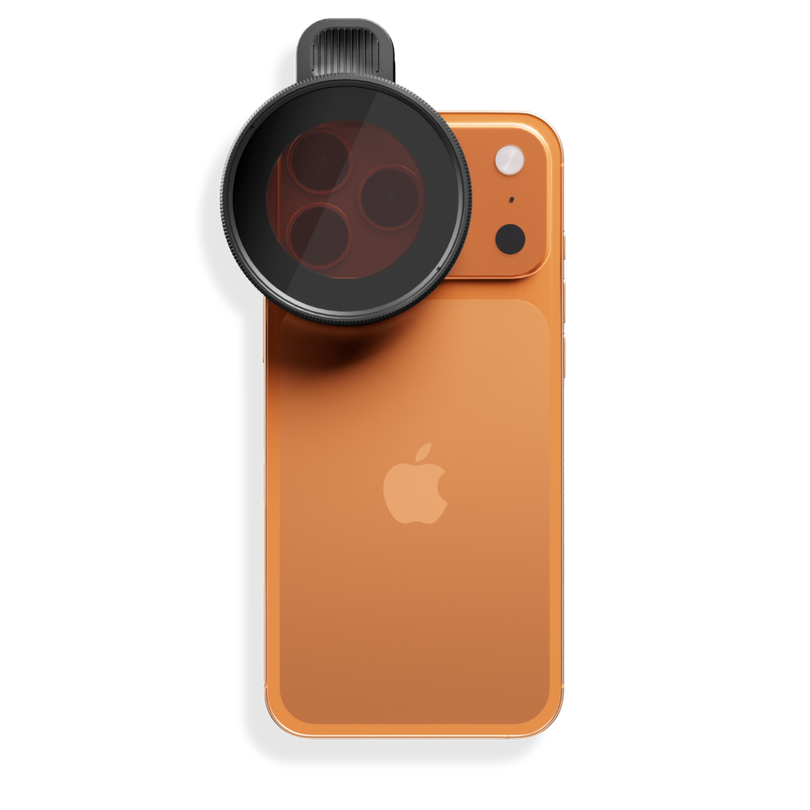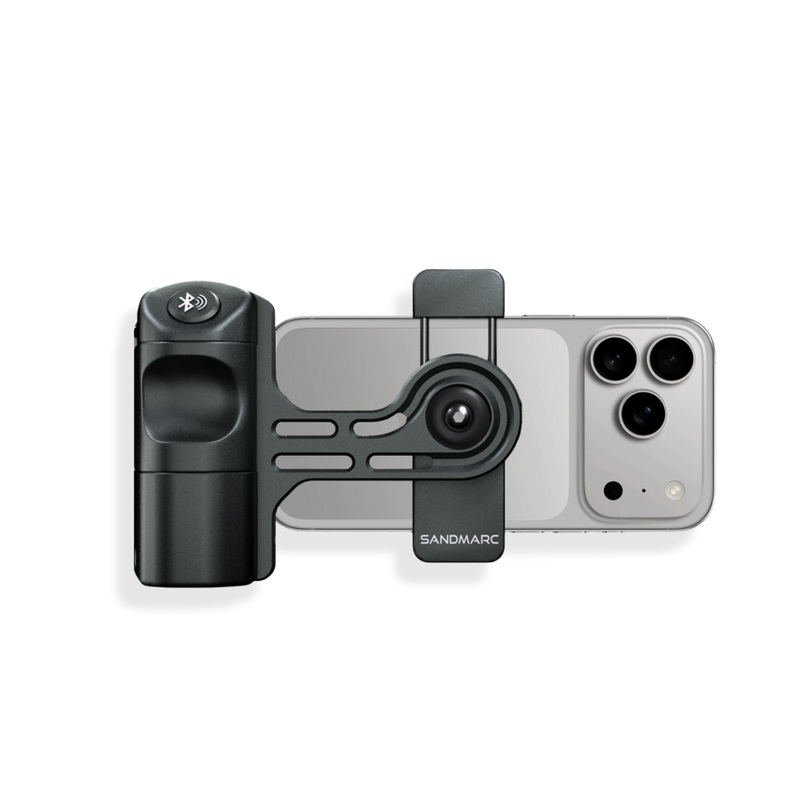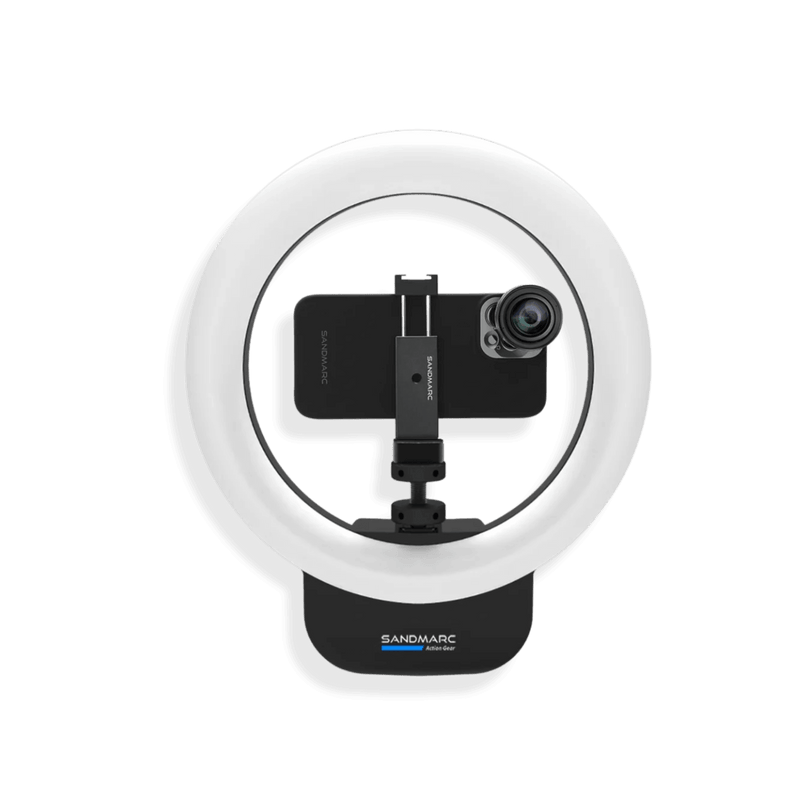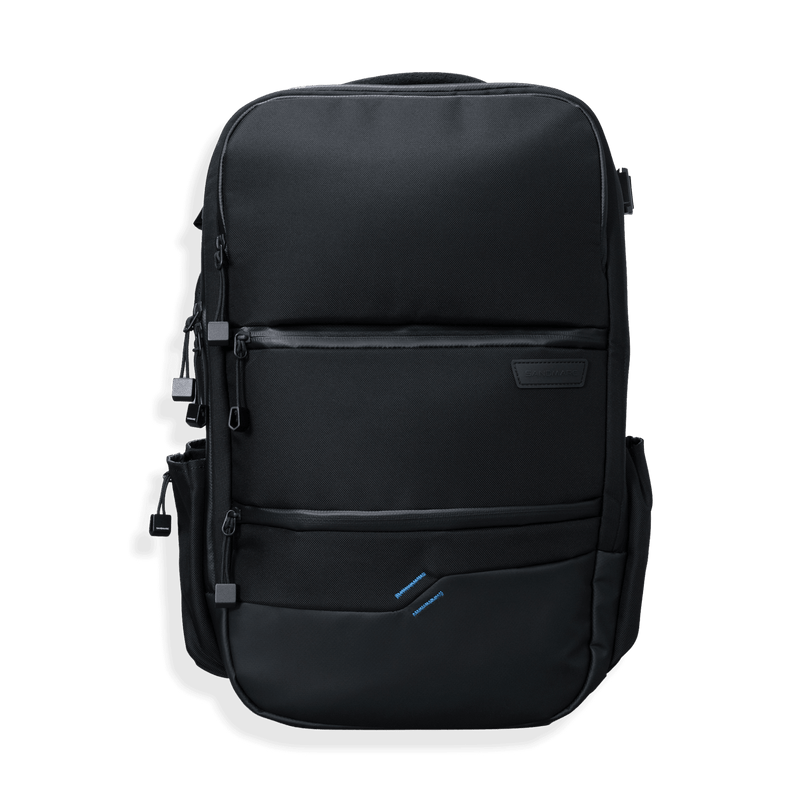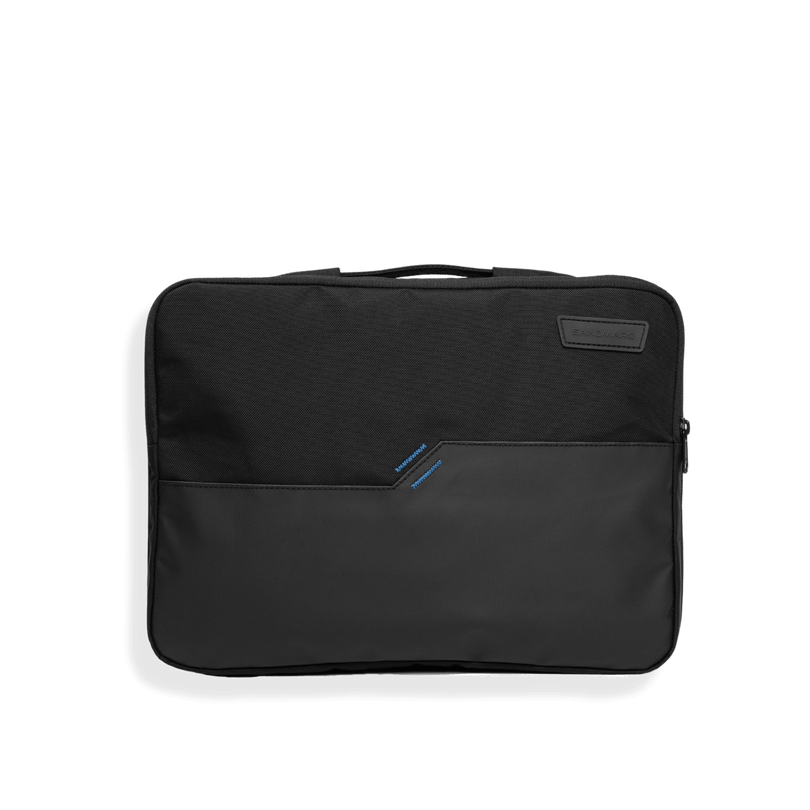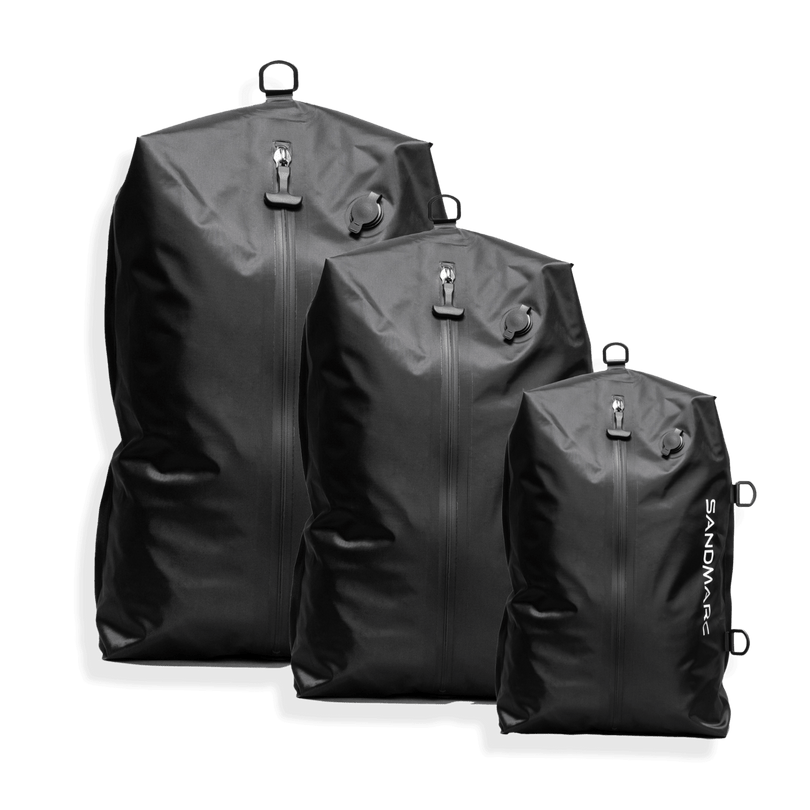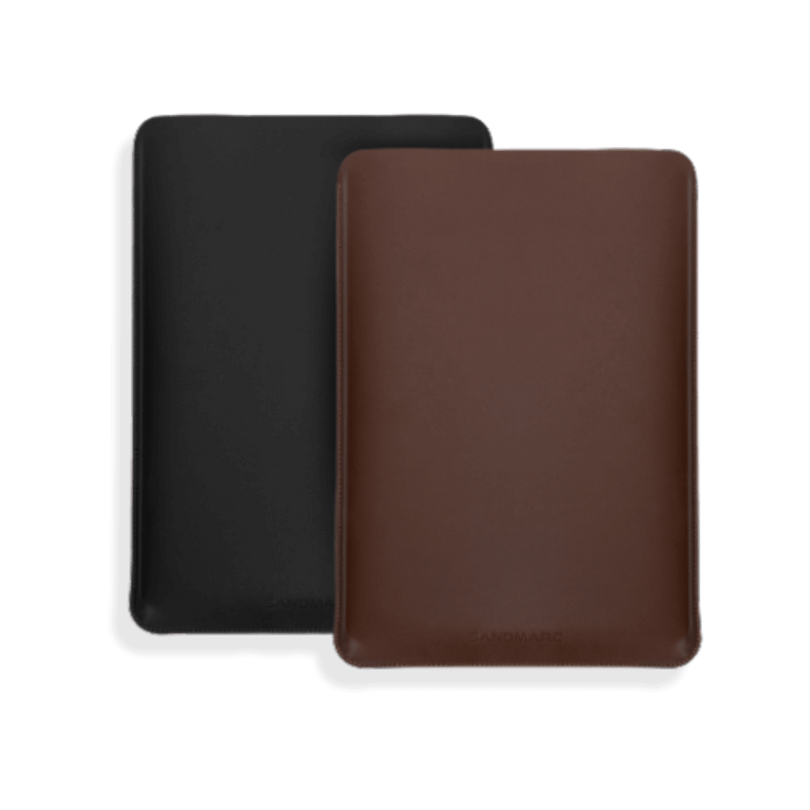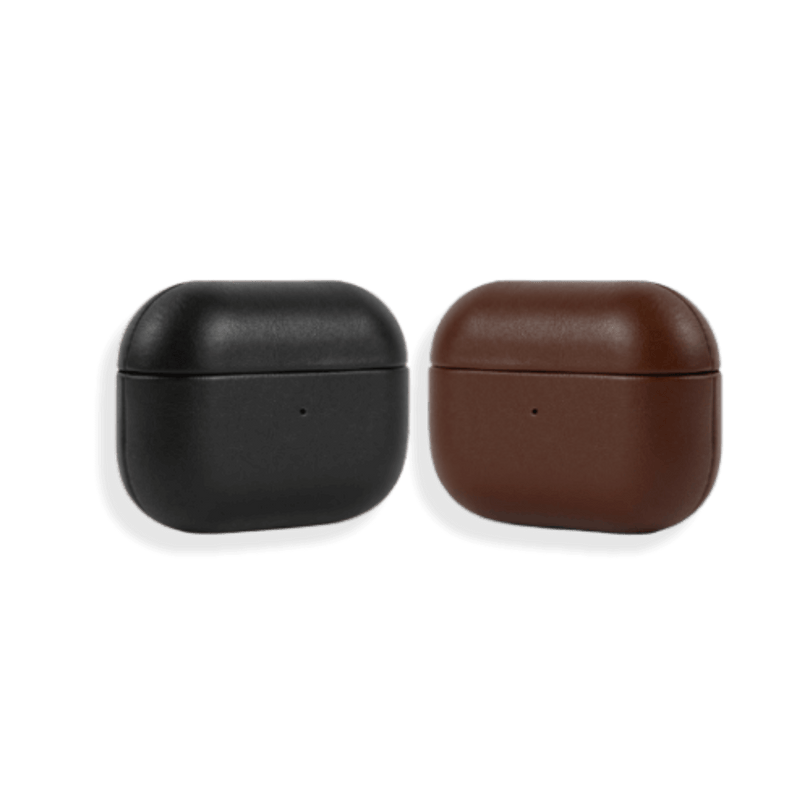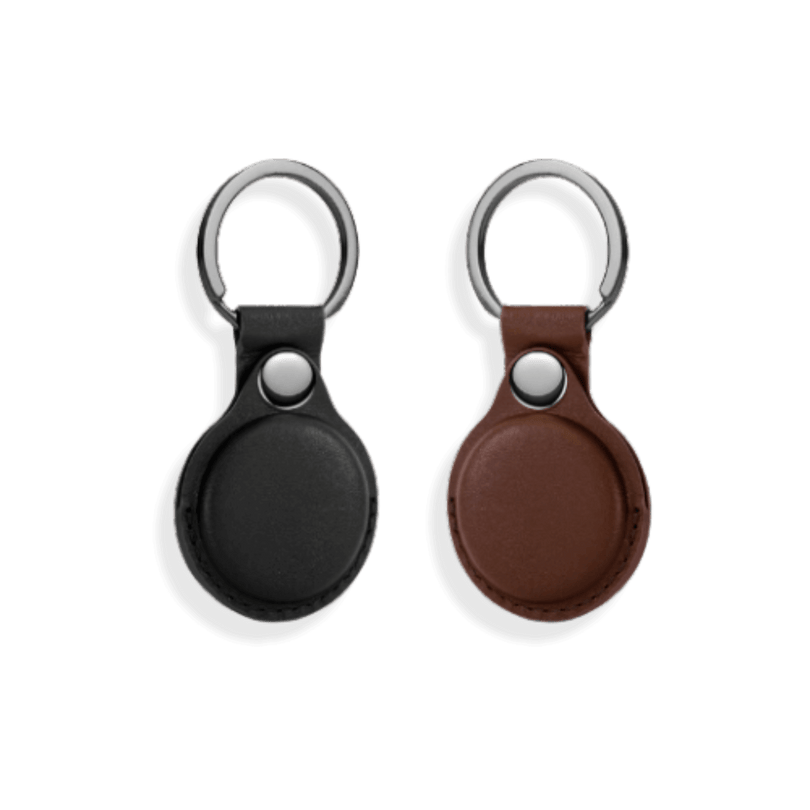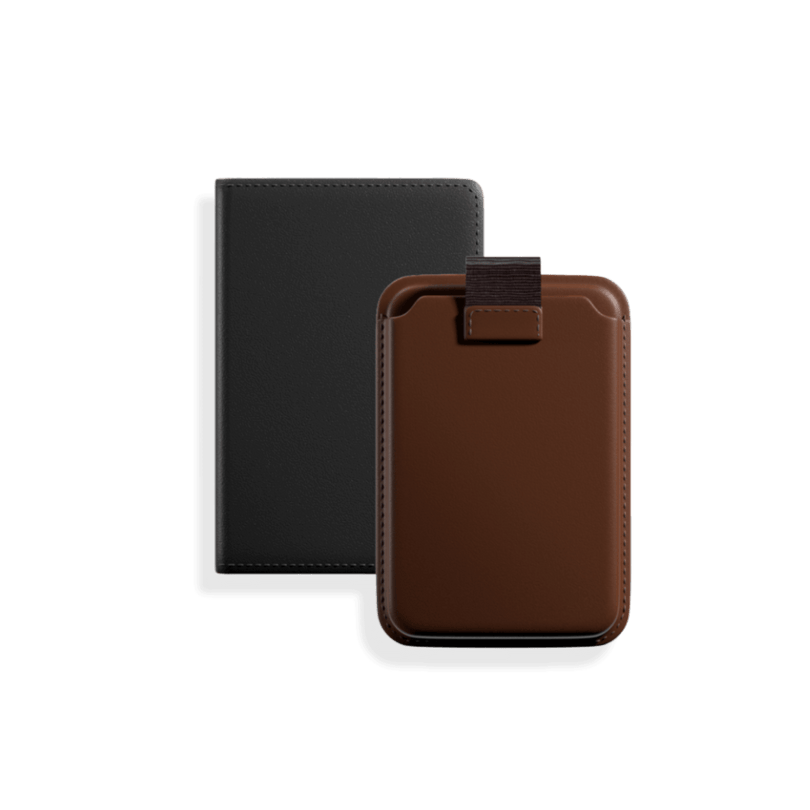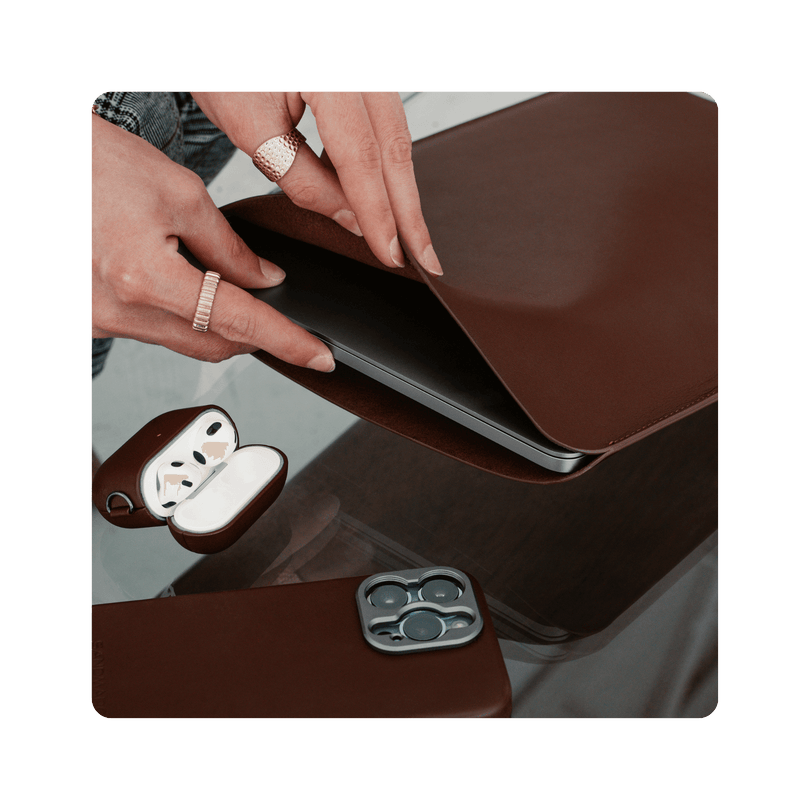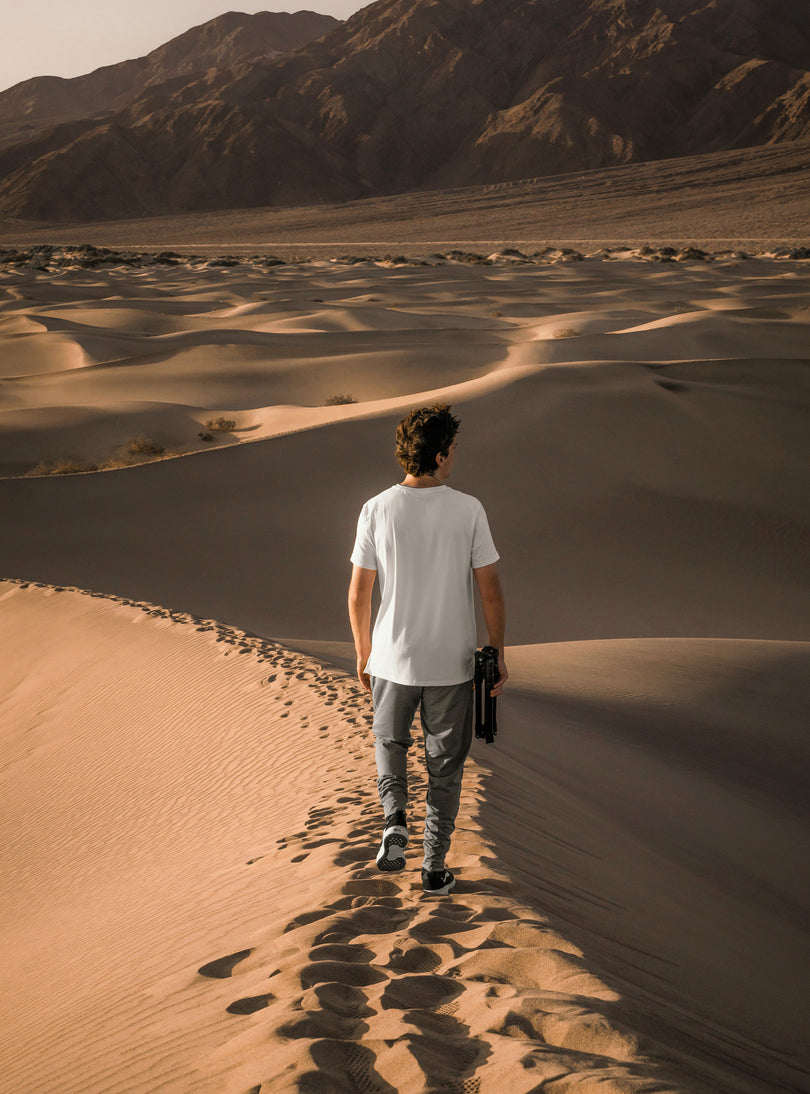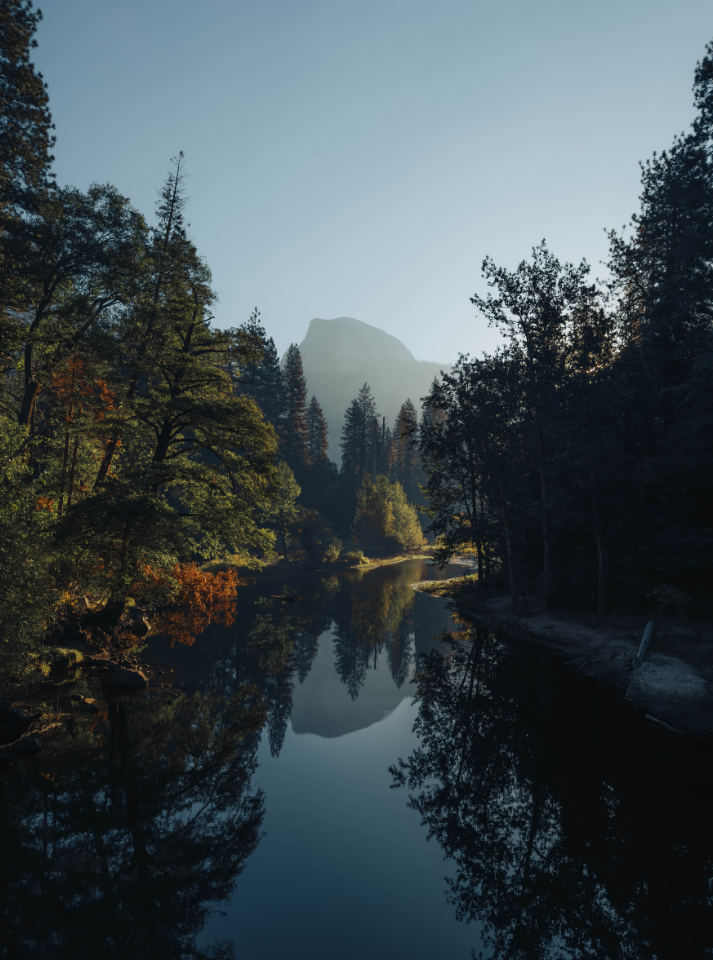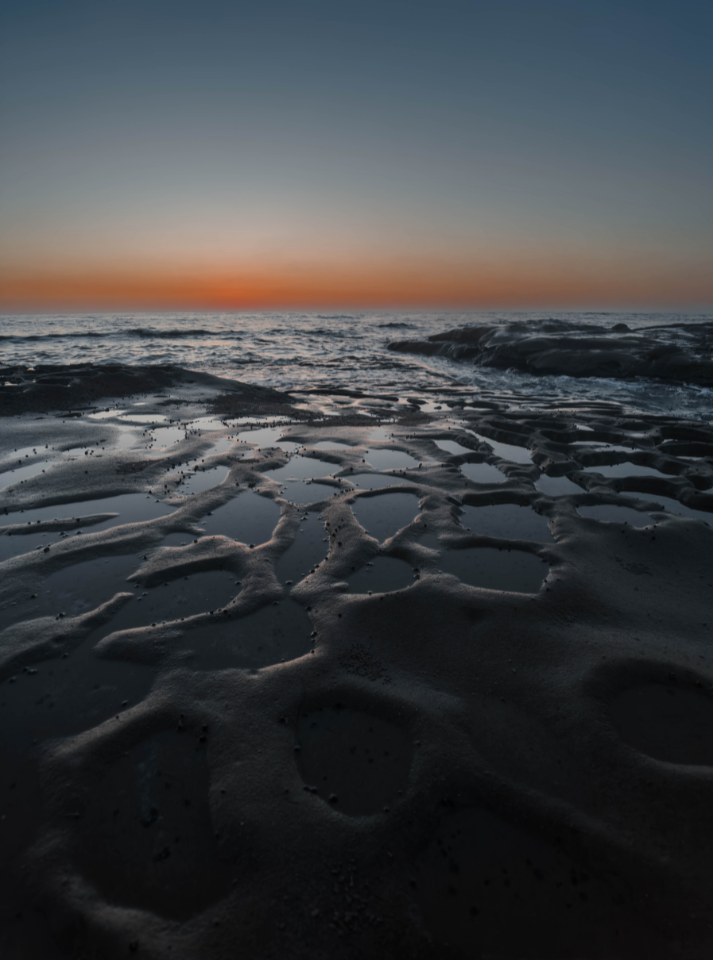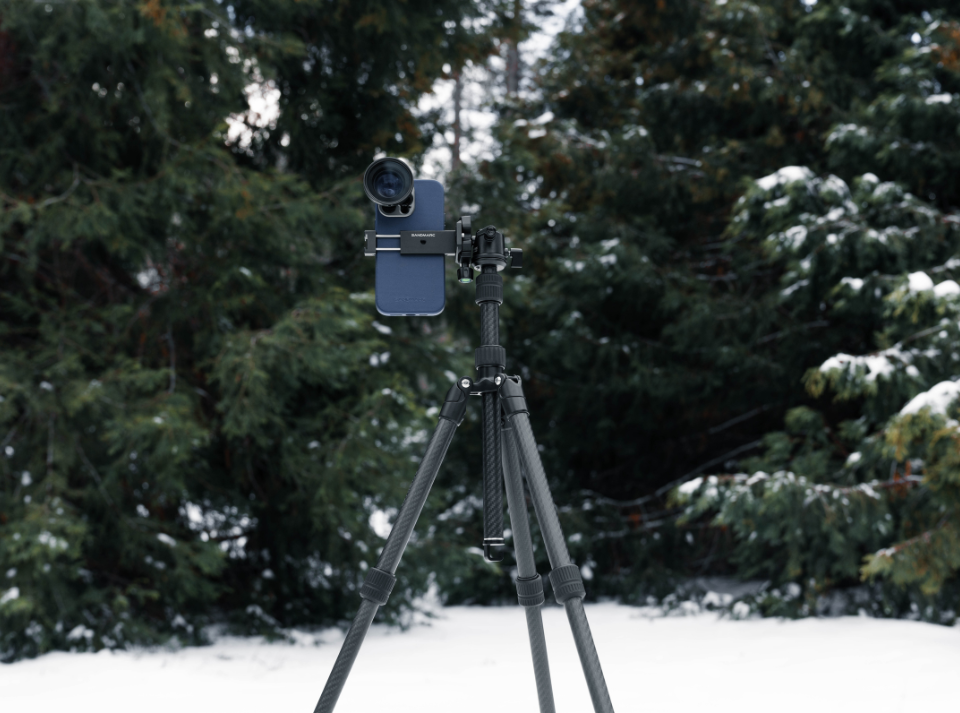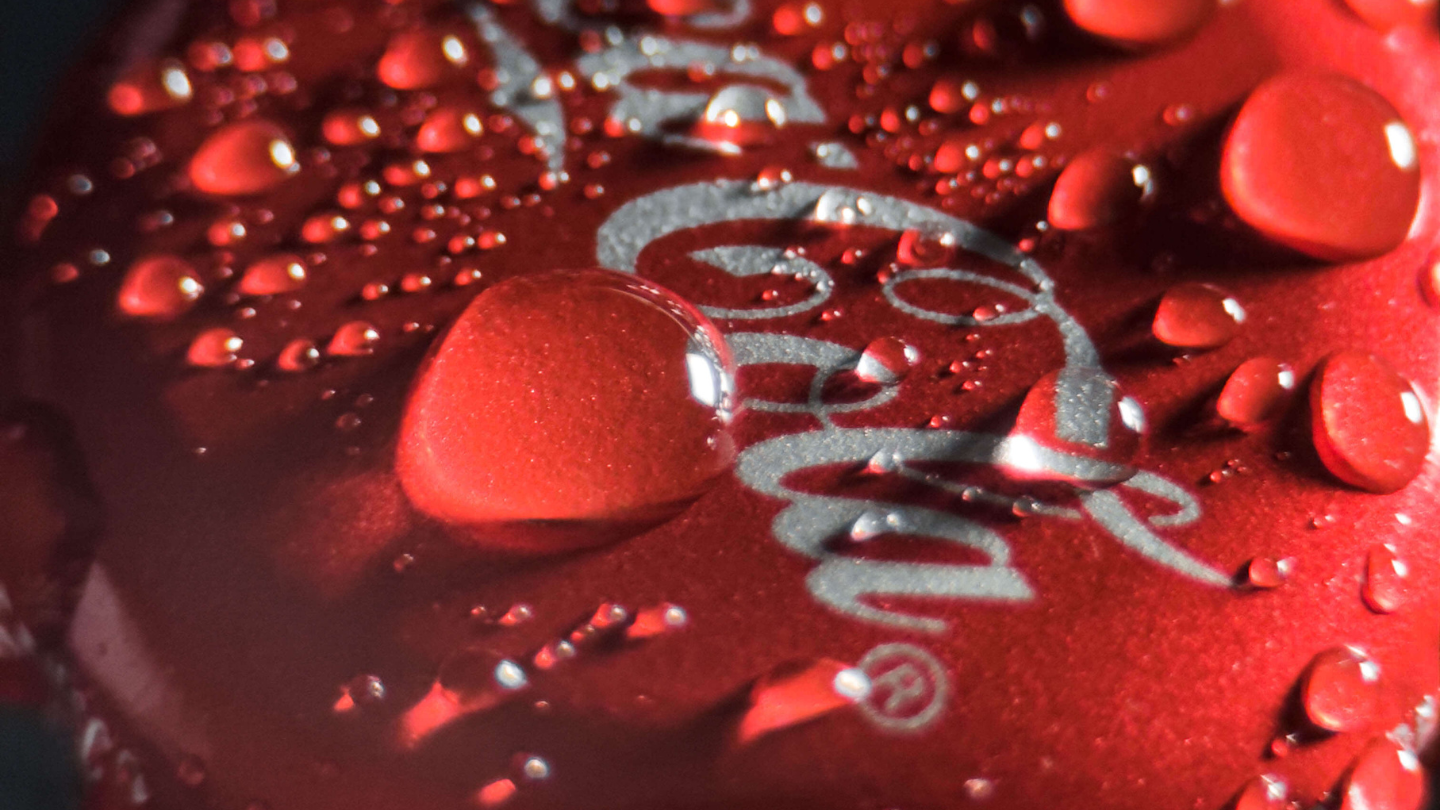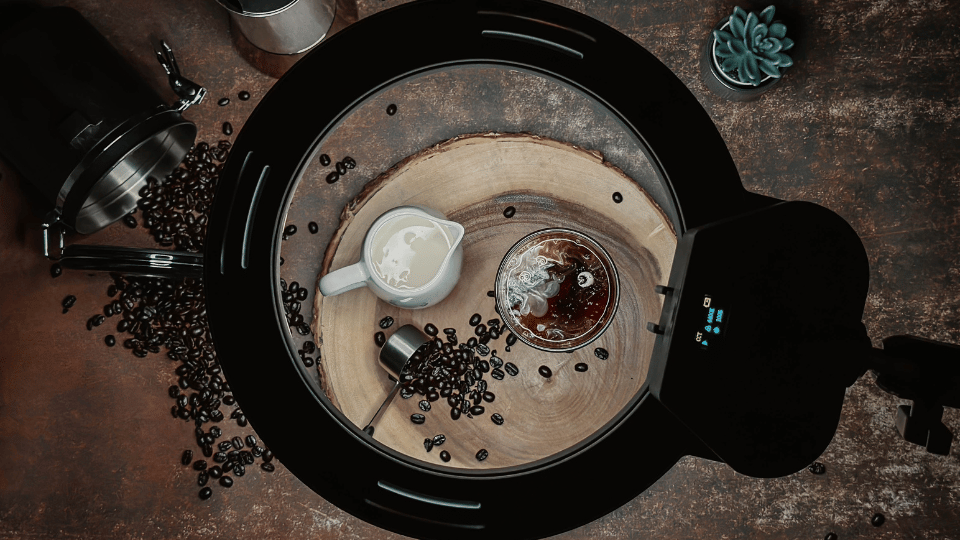A Guide to iPhone Landscape Photography
How to capture the wonder of nature in your photos.
“The photo doesn’t do it justice," have you ever said this after taking a photo of a majestic scenery? In person it is beautiful but your photos fall short. In this guide we will show you how to transform you landscape photos. Soon anyone who looks at your images will feel as if they were with you as you captured it.
What is Landscape Photography?
Landscape photography is capturing nature and the outdoors in a way that allows for the viewer to feel as if they were there. A day at the beach or a week backpacking are most often where these photos are taken. With landscape photography comes the need for patience. There is a lack of control in nature when you consider the clouds, sun, and wildlife. You can have an idea of the shot you want but nature might have other plans.
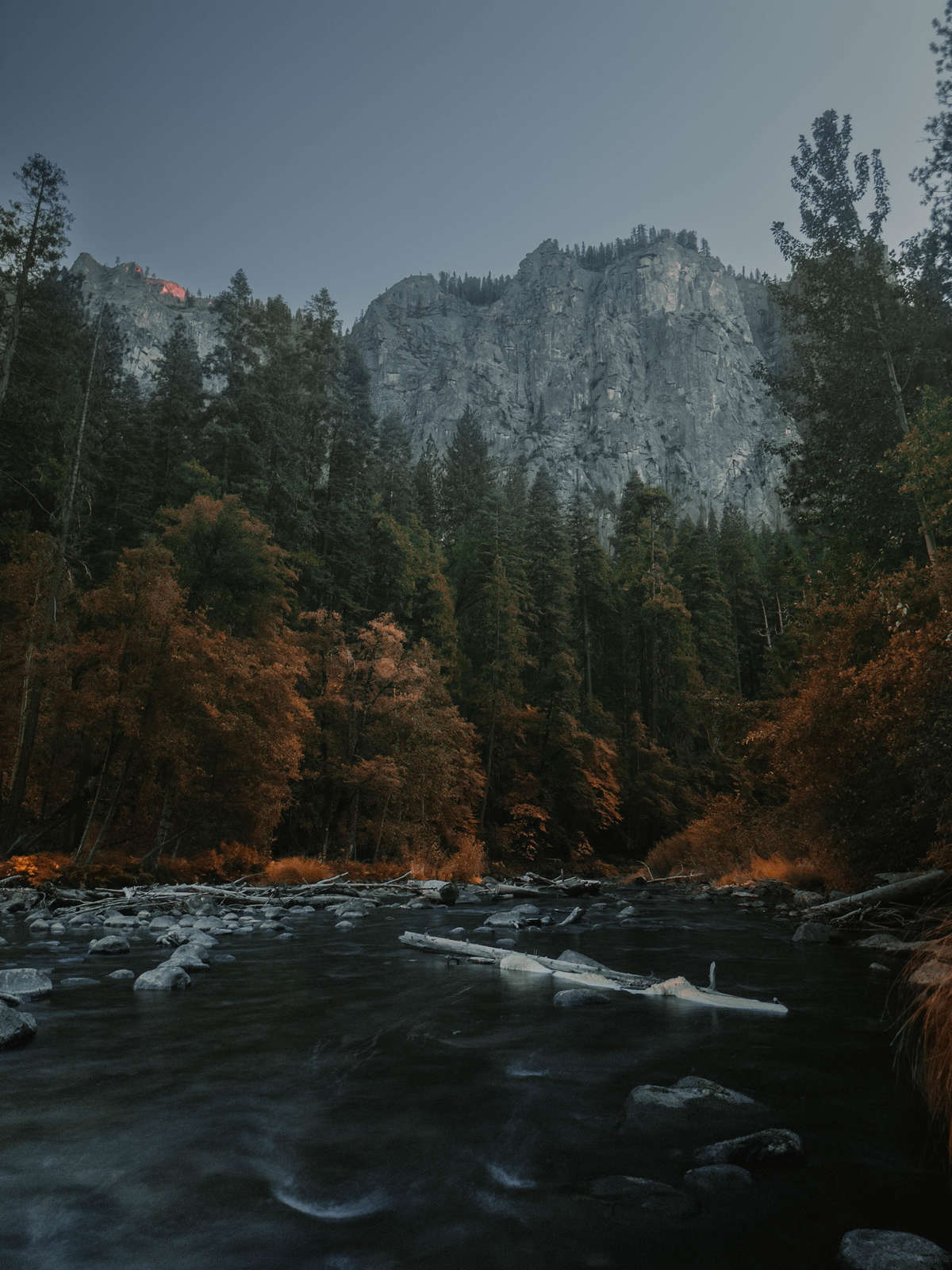
Four Concepts for Landscape Photography
When it comes to landscape photography taking these four concepts into consideration will allow you shoot with optimal quality.
1. Rule of Thirds: The Rule of Thirds is a format to break down your image in a 3x3 frame. You can use the grid feature on your iPhone to apply the rule of thirds to any photo you take. The rule of thirds allows you to perfectly frame your photo, and provide balance that is appealing to the eye. It is especially useful in landscape photography when you are surrounded by nature, and it can be hard to pin point a focal point.
1. Rule of Thirds: The Rule of Thirds is a format to break down your image in a 3x3 frame. You can use the grid feature on your iPhone to apply the rule of thirds to any photo you take. The rule of thirds allows you to perfectly frame your photo, and provide balance that is appealing to the eye. It is especially useful in landscape photography when you are surrounded by nature, and it can be hard to pin point a focal point.

2. Contrast: When shooting in a nature setting there are many colors to work with. Contrast is important when it comes to highlighting these colors and showing the difference. High contrast will have bright highlights, and dark shadows. Low contrast will be far from dark or white. It’s important that your colors pop in landscape images to help key points of your photo stand out. Many landscape photographers opt for cloudy days, because of the deep contrast clouds create in photos.

3. Depth of Field: A viewer’s perspective of a photo will be different from the photographer’s. As a photographer you know the context of which your photo was taken in. For example, if you were up on a bluff at a beach only you would know how high up you are because of your context points. In this situation it is ideal to use placement as a way for the viewer to grasp high up you are. This can be done by showing how small people in the water are. When it comes to depth of field, the placement, and angle of your camera matters. By changing the level and angle of your camera, the size comparison between the people, the rock and your distance are more evident.
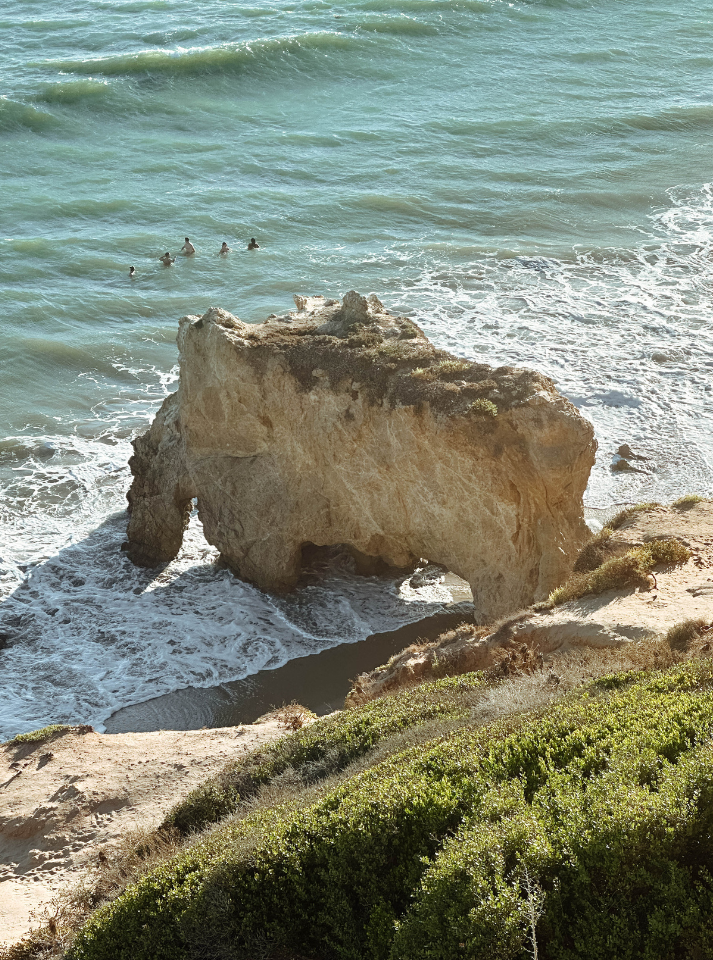
4. Lighting: Golden hour and blue hour are nature’s natural lighting. Golden hour is an hour before sunrise/sunset, and blue hour is an hour after sunrise/sunset. Golden hour provides flattering light in a golden shade, while enhancing contrast. This contrast makes it the perfect lighting for landscape photography. Blue hour casts a blue tone over the outdoors, making for a moody aesthetic. Golden hour and blue hour are two ways to fully utilize all that nature has to offer when shooting landscape photography.
Golden Hour
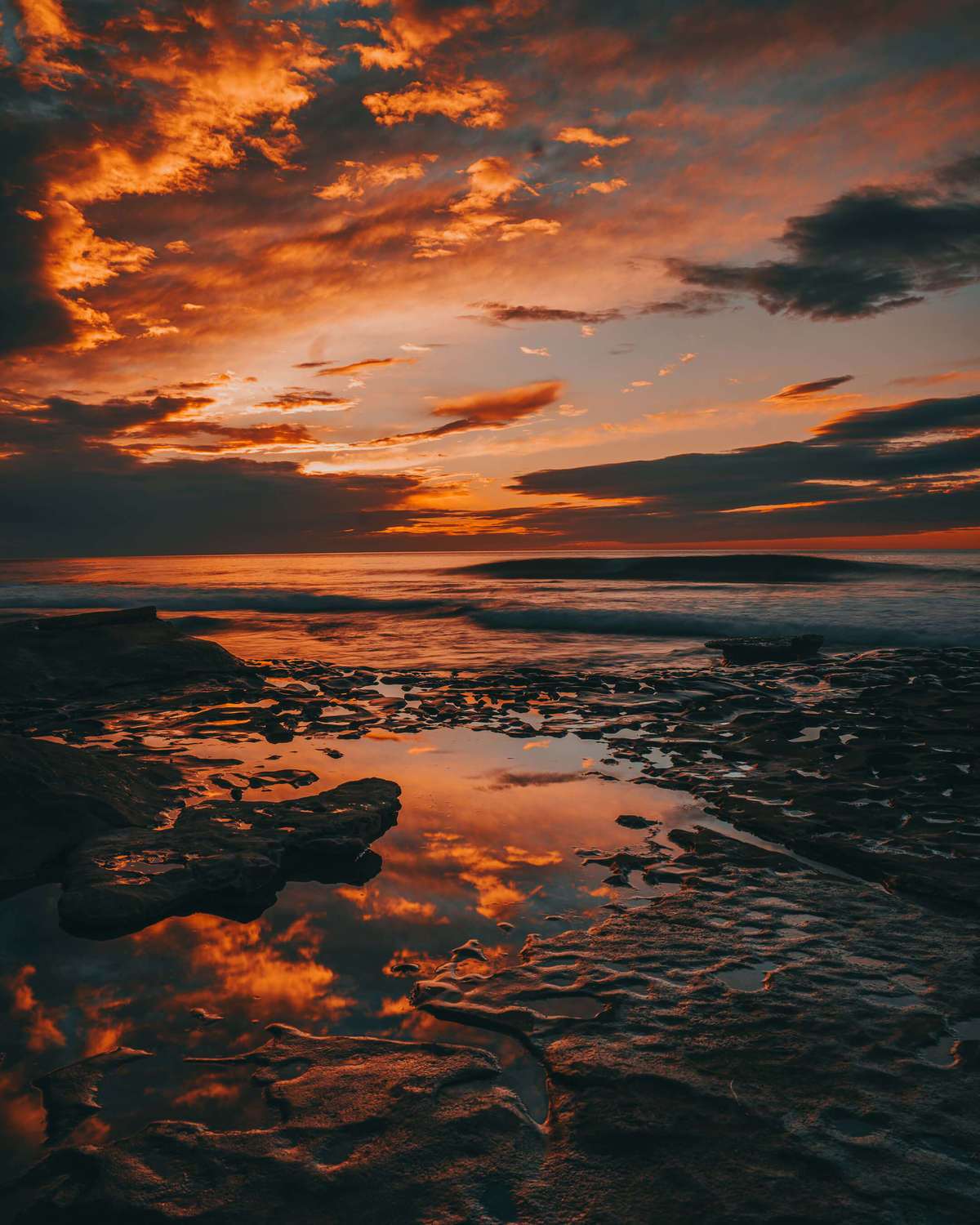
Blue Hour

Watch the video below by iPhone Photography School for visual examples of these concepts.
What Gear is Necessary for Landscape Photography?
With the unpredictability of nature comes the need to pivot when shooting in it. SANDMARC gear will ensure you have all you need in order to capture the best landscape shots. Our equipment is designed to carry light and travel far.
- Cloud Diffusion Filter
This filter is able to brighten up shadows, while creating a sharp contrast. The ideal lens for a low-light environment.
- Drama Filter
Think polarized sunglasses, but for your iPhone. Glares and reflections will no longer hold you back from taking epic shots of rivers, waterfalls or vast lakes.
Before Drama Filter
After Drama Filter
- Wide Lens
Capture the whole landscape with the SANDMARC Wide Lens, while maintaining sharp imagery.
- Tripod - Carbon Edition
Made up of industrial aluminum, our tripod is durable to withstand nature's extremes. Perfect stability for any long exposure, or low-light shots.
Landscape photography is enjoyable, and a great way to embrace nature. It allows you to be fully present while taking captivating shots. Our SANDMARC gear will complement your shots and provide an immersive experience for your viewers.

